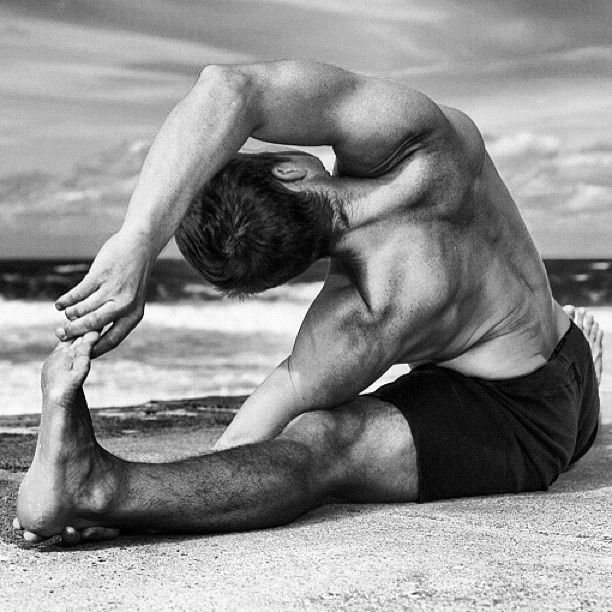Yoga is an ancient practice that combines physical postures, breathing techniques, and mindfulness to promote overall well-being. If you’re new to yoga, don’t worry—it’s a practice that welcomes everyone, regardless of age or fitness level. In this guide, we’ll introduce you to beginner-friendly yoga poses designed to improve flexibility and relaxation.
Why Start Yoga?
Yoga offers numerous physical and mental benefits:
- Flexibility: Regular practice improves range of motion and reduces stiffness.
- Relaxation: Breathing and mindfulness techniques help calm the mind.
- Stress Relief: Yoga reduces cortisol levels, promoting a sense of peace.
- Posture Improvement: Strengthens muscles and aligns the body.

Getting Started with Yoga
What You’ll Need
- Yoga Mat: For comfort and grip.
- Comfortable Clothing: Wear breathable, stretchy clothes.
- Quiet Space: Find a peaceful area to practice without distractions.
Basic Tips for Beginners
- Start Slow: Focus on learning the poses rather than pushing your limits.
- Breathe Deeply: Inhale and exhale slowly through your nose.
- Listen to Your Body: If a pose feels uncomfortable, modify it or rest.
Poses for Flexibility and Relaxation
1. Child’s Pose (Balasana)
- Purpose: Gently stretches the lower back, hips, and thighs.
- How to Do It:
- Kneel on the mat with your big toes touching and knees apart.
- Sit back on your heels and stretch your arms forward, lowering your forehead to the mat.
- Hold for 30 seconds to 1 minute.
2. Cat-Cow Pose (Marjaryasana-Bitilasana)
- Purpose: Improves spinal flexibility and relieves tension in the back.
- How to Do It:
- Start on your hands and knees in a tabletop position.
- Inhale, arch your back, and lift your head and tailbone (Cow).
- Exhale, round your spine, and tuck your chin to your chest (Cat).
- Alternate between the two for 1-2 minutes.
3. Downward Dog (Adho Mukha Svanasana)
- Purpose: Stretches the hamstrings, calves, and shoulders.
- How to Do It:
- Start in a tabletop position.
- Lift your hips toward the ceiling, forming an inverted “V” shape.
- Keep your heels reaching toward the mat (they don’t have to touch).
- Hold for 30 seconds to 1 minute.
4. Seated Forward Bend (Paschimottanasana)
- Purpose: Stretches the hamstrings and lower back.
- How to Do It:
- Sit on the mat with your legs extended straight.
- Inhale, reach your arms up, and exhale as you fold forward from your hips.
- Hold onto your legs, feet, or the mat, depending on your flexibility.
- Hold for 30 seconds to 1 minute.
5. Legs-Up-the-Wall Pose (Viparita Karani)
- Purpose: Promotes relaxation and reduces swelling in the legs.
- How to Do It:
- Lie on your back and extend your legs up against a wall.
- Rest your arms by your sides, palms facing up.
- Close your eyes and breathe deeply for 5-10 minutes.
6. Corpse Pose (Savasana)
- Purpose: Encourages deep relaxation and mindfulness.
- How to Do It:
- Lie flat on your back with your arms relaxed by your sides.
- Close your eyes, focus on your breath, and let your body fully relax.
- Stay in this pose for 5-10 minutes.
Creating Your Routine
For beginners, a 10-15 minute yoga session is a great starting point. Combine 3-4 poses from this list and gradually extend your practice as you feel more comfortable.
Benefits You’ll Notice
- Enhanced flexibility and muscle tone.
- Improved posture and body alignment.
- A calmer, more focused mind.
- Better sleep quality and stress management.
Conclusion
Yoga is not just about touching your toes—it’s about finding balance, peace, and strength within yourself. By incorporating these beginner-friendly poses into your routine, you’ll be on your way to a healthier, more relaxed, and flexible version of yourself.
Roll out your mat and take the first step on your yoga journey today!
